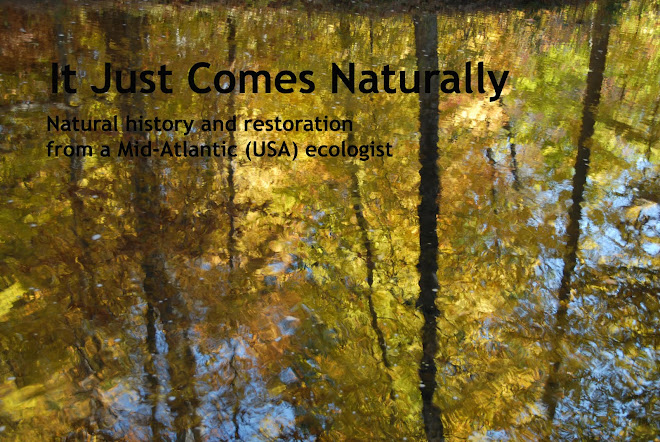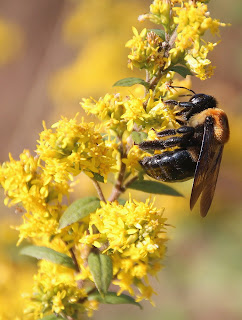 |
| Bell's Mill Road Bridge, viewed upstream |
 |
| Wissahickon Creek downstream of Bell's Mill Bridge |
 |
| Blue wood aster (Aster cordifolius) and Wreath goldenrod (Solidago caesia) on the wooded streambank |
 |
| Forested slope with denuded understory |
 |
| Parasitic beech-drops (Epifagus virginiana) in a patch of sunlight |
 |
| Rex Avenue Bridge |
 |
| Old park guardhouse along Forbidden Drive |
 |
| Covered bridge, the only one in Philadelphia |
 |
| Invasive Japanese angelica-tree (Aralia elata), left, and Japanese knotweed (Fallopia japonica) |
 |
| Wissahickon Creek rapid |
 |
| Forbidden Drive |














